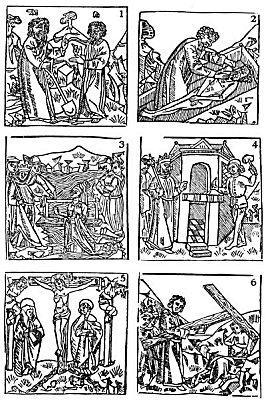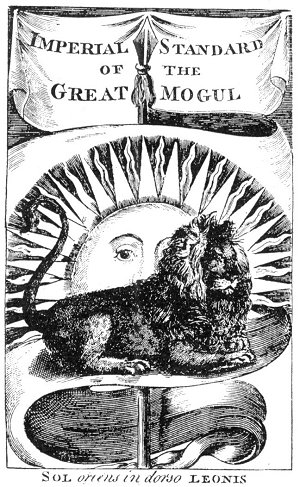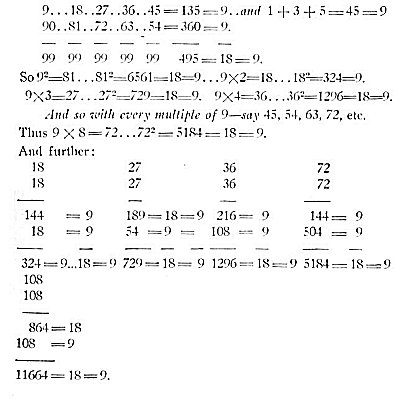It appears to us the height of impossibility to imagine that scenes in ancient Thebes, or in some temple of prehistoric times should be photographed only upon the substance of certain atoms. The images of the events are imbedded in that all-permeating, universal, and ever-retaining medium, which the philosophers call the “Soul of the World,” and Mr. Denton “the Soul of Things.” The psychometer, by applying the fragment of a substance to his forehead, brings his inner-self into relations with the inner soul of the object he handles. It is now admitted that the universal aether pervades all things in nature, even the most solid. It is beginning to be admitted, also, that this preserves the images of all
Page 184
things which transpire. When the psychometer examines his specimen, he is brought in contact with the current of the astral light, connected with that specimen, and which retains pictures of the events associated with its history. These, according to Denton, pass before his vision with the swiftness of light; scene after scene crowding upon each other so rapidly, that it is only by the supreme exercise of the will that he is able to hold any one in the field of vision long enough to describe it.
The psychometer is clairvoyant; that is, he sees with the inner eye. Unless his will-power is very strong, unless he has thoroughly trained himself to that particular phenomenon, and his knowledge of the capabilities of his sight are profound, his perceptions of places, persons, and events, must necessarily be very confused. But in the case of mesmerization, in which this same clairvoyant faculty is developed, the operator, whose will holds that of the subject under control, can force him to concentrate his attention upon a given picture long enough to observe all its minute details. Moreover, under the guidance of an experienced mesmerizer, the seer would excel the natural psychometer in having a prevision of future events, more distinct and clear than the latter. And to those who might object to the possibility of perceiving that which “yet is not,” we may put the question: Why is it more impossible to see that which will be, than to bring back to sight that which is gone, and is no more? According to the kabalistic doctrine, the future exists in the astral light in embryo, as the present existed in embryo in the past. While man is free to act as he pleases, the manner in which he will act was foreknown from all time; not on the ground of fatalism or destiny, but simply on the principle of universal, unchangeable harmony; and, as it may be foreknown that, when a musical note is struck, its vibrations will not, and cannot change into those of another note. Besides, eternity can have neither past nor future, but only the present; as boundless space, in its strictly literal sense, can have neither distant nor proximate places. Our conceptions, limited to the narrow area of our experience, attempt to fit if not an end, at least a beginning of time and space; but neither of these exist in reality; for in such case time would not be eternal, nor space boundless. The past no more exists than the future, as we have said, only our memories survive; and our memories are but the glimpses that we catch of the reflections of this past in the currents of the astral light, as the psychometer catches them from the astral emanations of the object held by him.
Says Professor E. Hitchcock, when speaking of the influences of light upon bodies, and of the formation of pictures upon them by means of it: “It seems, then, that this photographic influence pervades all nature; nor can we say where it stops. We do not know but it may imprint upon
Page 185
the world around us our features, as they are modified by various passions, and thus fill nature with daguerreotype impressions of all our actions; . . . it may be, too, that there are tests by which nature, more skilful than any photographist, can bring out and fix these portraits, so that acuter senses than ours shall see them as on a great canvas, spread over the material universe. Perhaps, too, they may never fade from that canvas, but become specimens in the great picture-gallery of eternity.”

Moe is the founder of GnosticWarrior.com. He is a father, husband, author, martial arts black belt, and an expert in Gnosticism, the occult, and esotericism.




